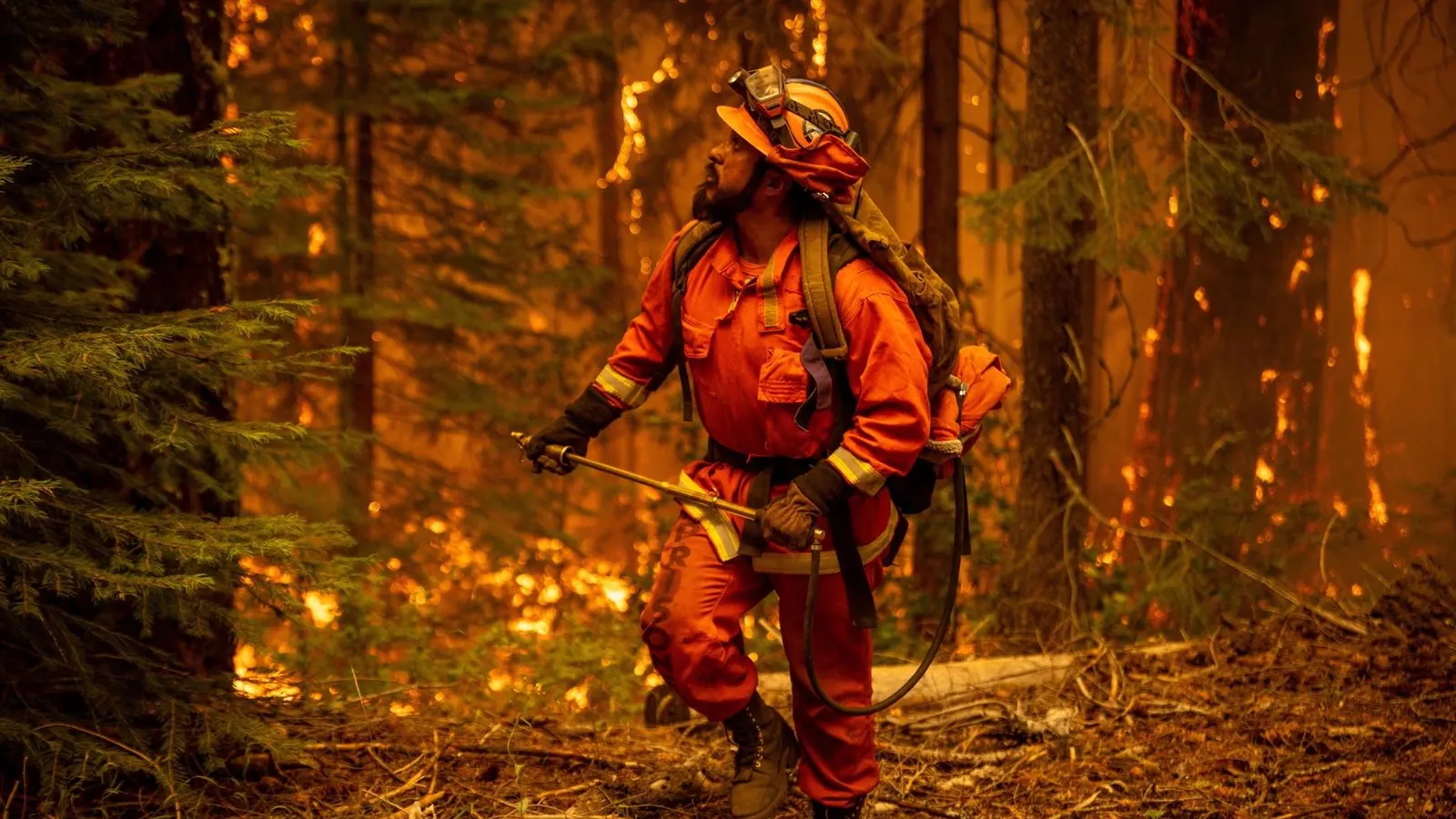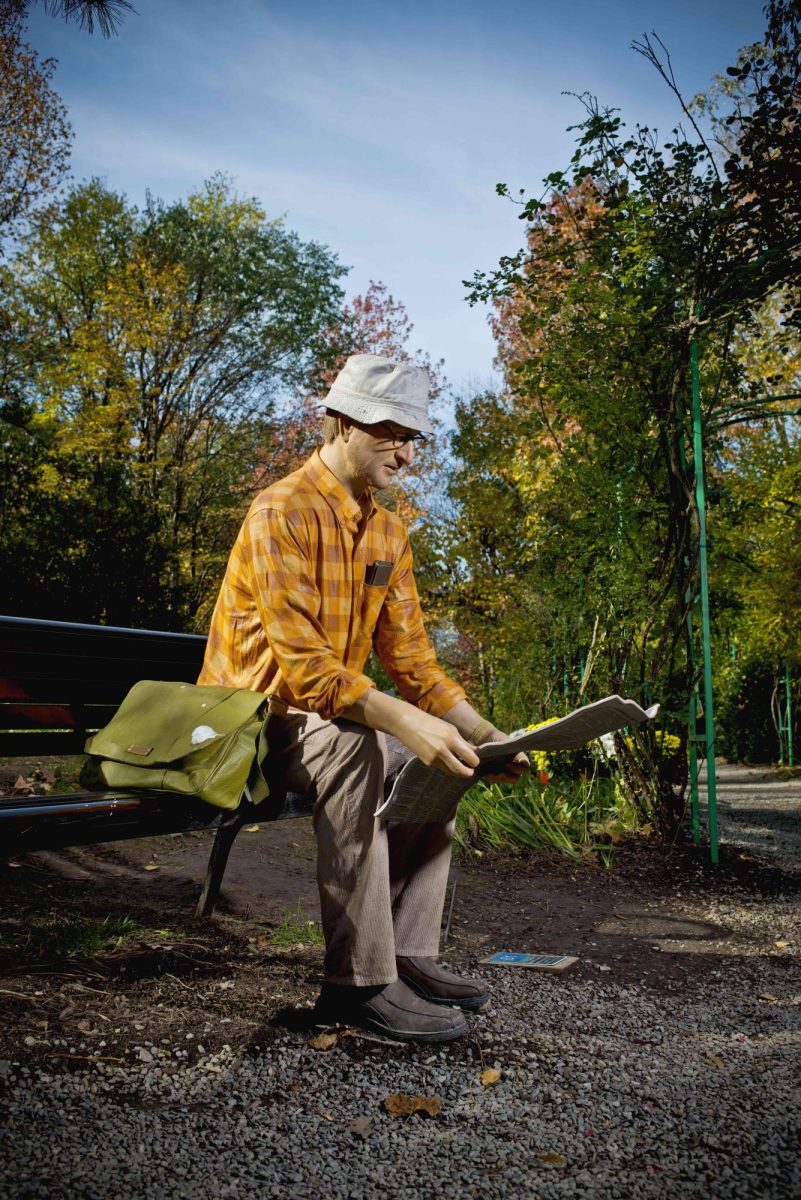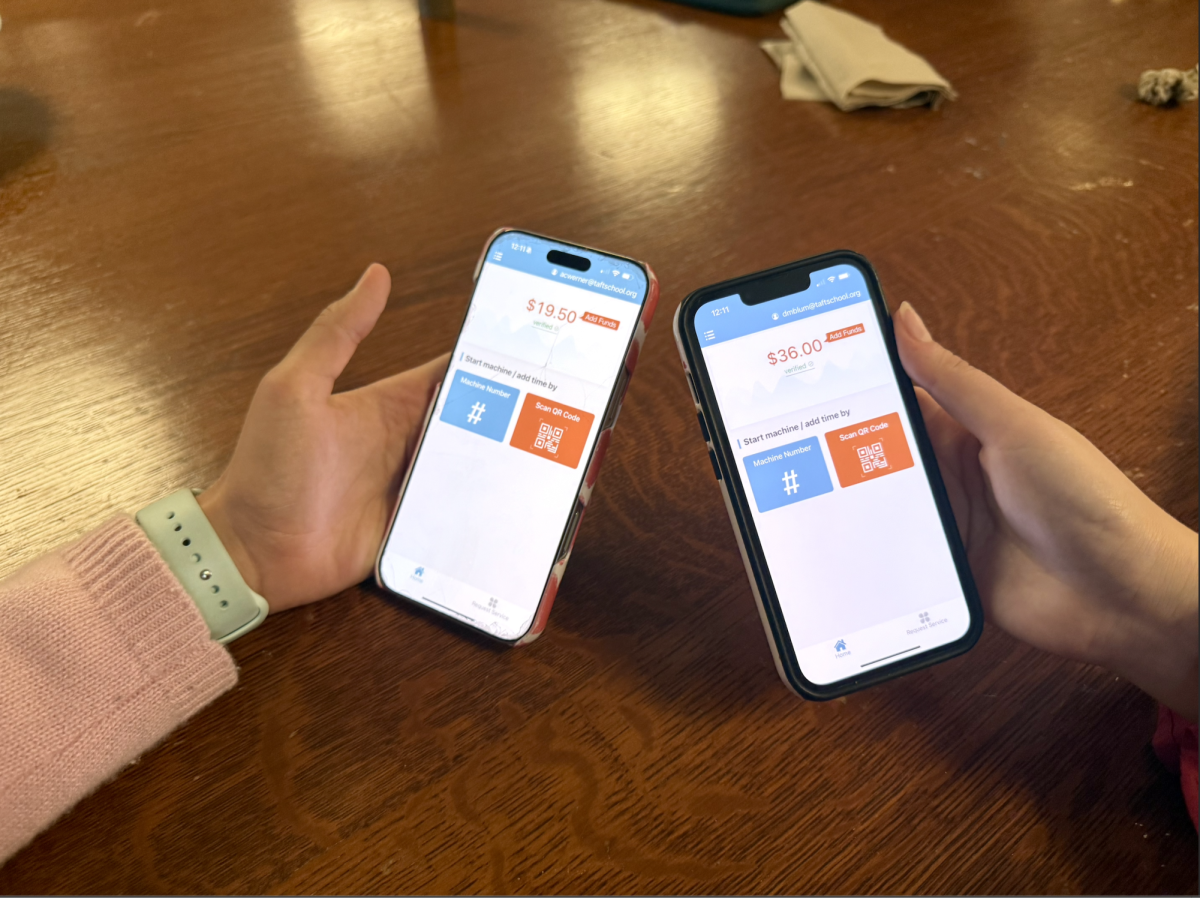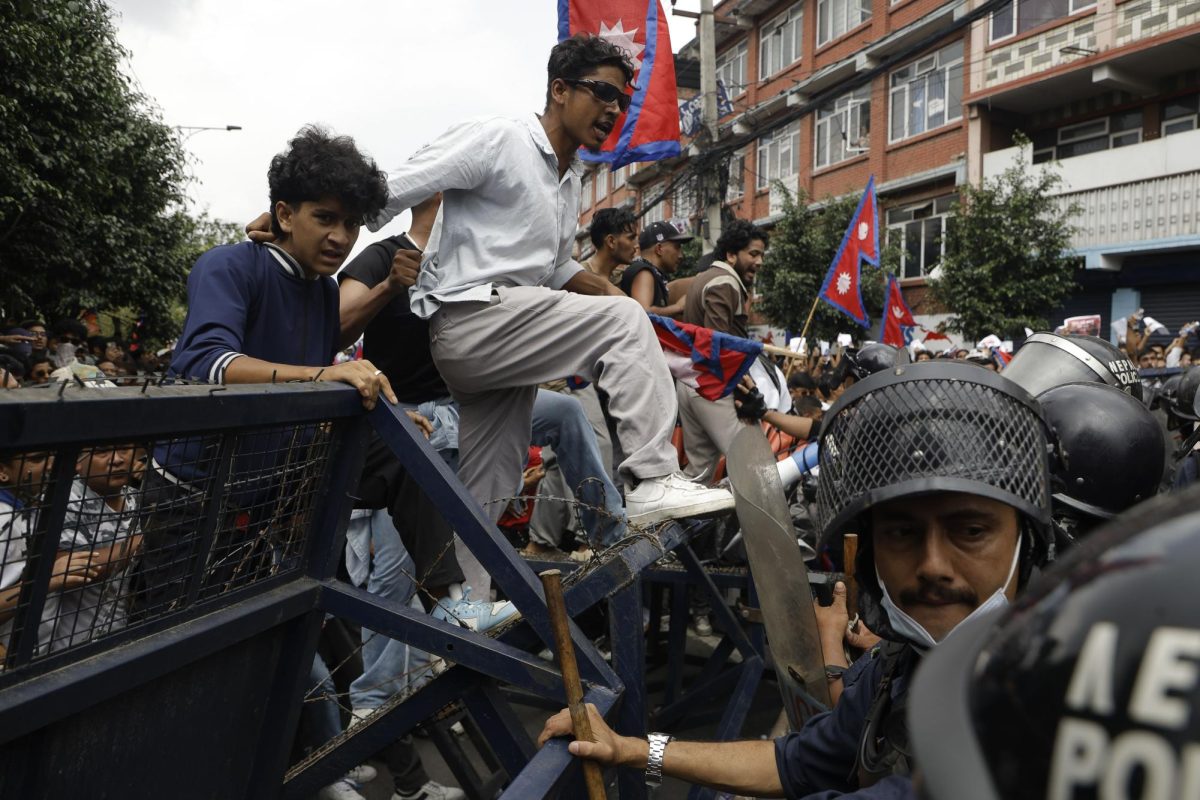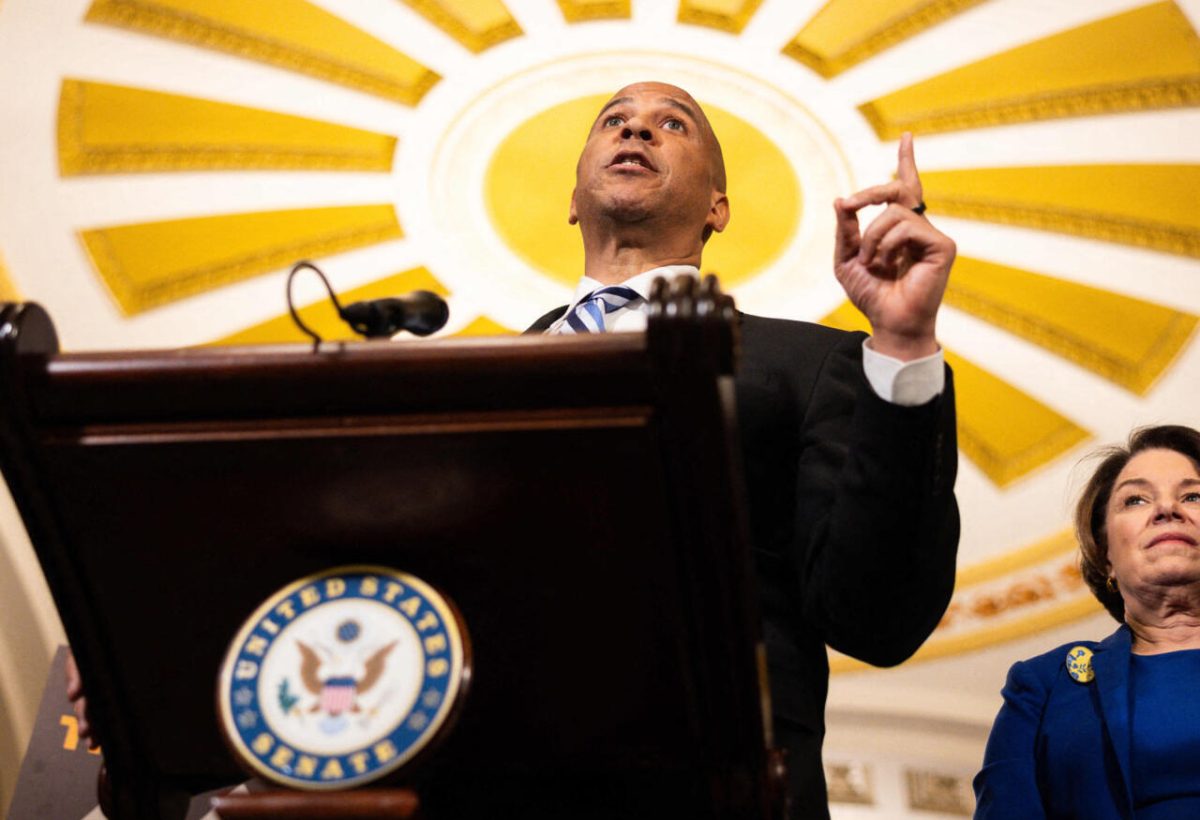As raging wildfires continue to pervade throughout Los Angeles and beyond, thousands of civilians are attempting to help in any way they can. They’ve set up donation centers in affected neighborhoods, opened local stores and hotels to house displaced families, hosted benefit events to fundraise firefighting efforts… Yet, when the smoke clears and the fires are extinguished, one group is often forgotten: incarcerated firefighters. Clad in bright orange, these men hike through treacherous terrain for days while battling some of California’s most devastating fires. They endure the same grueling conditions and harrowing dangers as regular firefighters—all for a wage barely exceeding a dollar. They return home not to hero’s welcomes but to prison cells, with little recognition for their contributions beyond a few days being deducted from their sentence. This begs the question: how can a system focused on rehabilitation ever allow such inequities to occur? Why are these individuals willing to risk their lives for a society that seldom acknowledges their contributions? Why do they want to help?
Prison work programs involving firefighting have existed for a while, dating back to the 19th century. California relies on these firefighters heavily, as blazes often grow uncontrollably fast (evidenced by the recent Palisades and Eaton fires) and, therefore, require more manpower by the second. Yet, these people are driven by a deep desire to give back to their communities and are thus willing to endure the demanding nature of firefighting. The story of Sal Amanza echoes the sentiments of many other incarcerated firefighters: In an interview with ABC News, Amanza stated, “Giving something back to the community and doing something positive while I’m doing this sentence was the most important for me, [and] having my son be able to look and see his father doing something good.”
As of January, the New York Times reports that more than 900 prisoners are fighting alongside roughly 7,500 firefighters on the frontlines in the Los Angeles area. They come from 35 “fire camps” across the state, a voluntary program operated jointly by the California Department of Corrections and Rehabilitation (CDCR) and the California Department of Forestry and Fire Protection (CAL FIRE). They are minimum-security facilities part of the Conservation Camp Program, which, according to the CDCR, aims to “support state, local and federal government agencies as they respond to all types of emergencies such as fires, floods, and other natural or manmade disasters.” Inmates must complete a voluntary application process to join the program, where they are trained to cut firebreaks, clear brush, and perform other critical tasks to become certified wildland firefighters. Generally, they work on “hand crews,” using hand tools to clear vegetation and create firebreaks to decelerate the spread of fires, while professional firefighters operate fire hoses and spread flame retardants. Historically, incarcerated firefighters formed up to 30% of the California wildfire force, and as of July 2024, there were an estimated 1,760 participants. Crew members earn between $5.80 and $10.24 per day, with $1 hourly bonuses if assigned to an active emergency. The standard routine for active emergencies is a 24-hour shift, followed by a paid 24-hour rest period. Incarcerated firefighters deployed in Eaton have been working 24-hour shifts, where they can earn a maximum of $34.24. Because the state categorizes “fire camps” as a form of rehabilitation, crew members also receive time credits. Most earn 2-for-1 credits: for every one day they serve, they receive two additional days off their sentences.
Many prisoners take on the role of firefighters to reduce their sentences, experience life beyond prison walls, and gain training and experience that could help them land a job after their release. However, it is undeniably grueling work: in Los Angeles, the crews brave powerful winds and debris, hiking for hours over steep, rugged terrain while carrying 45 to 65 pounds of equipment. The crew has formed a critical backbone of California’s emergency forces in the face of the wildfires. Still, because of their limited training, a 2018 Times investigation found that incarcerated firefighters were four times more likely to suffer injuries such as bruises or broken bones, and eight times more likely to have medical complications from smoke inhalation. This has led to a wave of support for incarcerated firefighters, including a movement by the Anti-Recidivism Coalition, which advocates for better pay and has gained support across the state, including from celebrities such as Kim Kardashian. The organization has historically championed the rights of incarcerated firefighters, which led to a 2020 bill signed by Governor Gavin Newsom. This law allows the records of paroled firefighters to be expunged, making it easier for them to find employment.
Incarcerated firefighters play an imperative, and often overlooked, role in the fight against the spread of wildfires in Los Angeles. Behind the yellow helmets and gear are people fighting for redemption and a second chance, risking their lives for a fraction of what others earn. Yet, they return each night to a system that denies them the dignity, recognition, and opportunity they deserve. It is time for us to advocate for change: for justice that values every life equally, for hope and opportunity beyond the fireline, to ensure we value humanity over exploitation. The courage, selflessness, and resilience of the firefighters are an important lesson that people are so much more than their greatest mistakes, proving that there is light among us to be found even in the darkest of times. It is now up to you and me to stand for a system that values redemption and humanity over punishment and profit, allowing every man to rise from the ashes.


